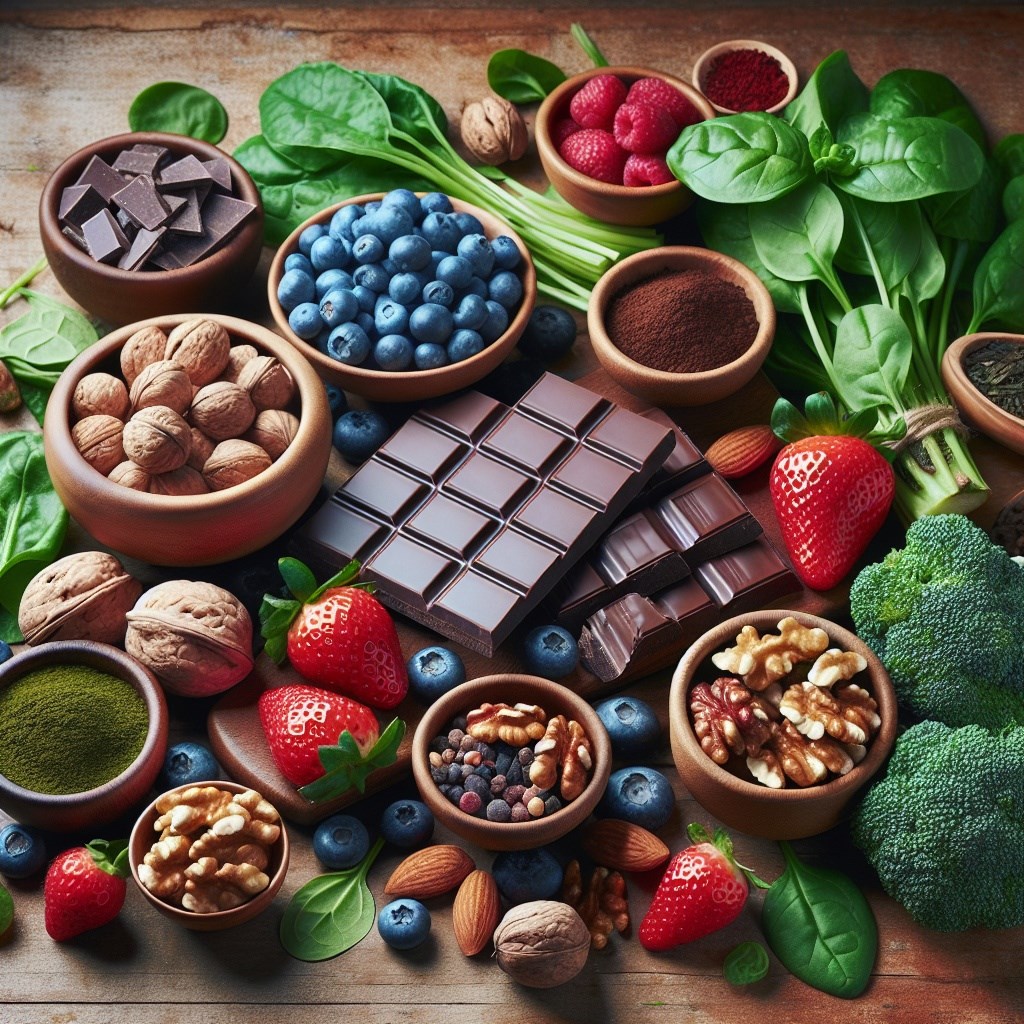Association between dietary intake of flavonoids and chronic low back pain: a cross-sectional study

This study by Zhou et al. (2024) aimed to investigate the relationship between chronic low back pain (CLBP) and flavonoid intake. A two-day food recall questionnaire was used to evaluate flavonoid consumption, and data from the National Health and Nutrition Examination Survey were examined.CLBP was identified based on self-reported data. A total of 3,136 adults participated, with 460 developing CLBP. After adjusting for potential confounders, individuals in the highest tertile of flavonoid intake (>170 mg) had a lower likelihood of chronic low back pain (CLBP) compared to those in the lowest tertile. This association remained significant for participants aged 45 years or older, those who were sedentary for more than 3 hours daily, and those with arthritis, depression, and sleep disorders. Increased flavonoid consumption was found to be inversely associated with the likelihood of experiencing CLBP. Eating flavonoid-rich foods may help reduce the risk of CLBP in the general adult population. [NPID: flavonoid, chronic low back pain, National Health and Nutrition Examination Survey, association, cross-sectional study]
Year: 2024
 Navigation
Navigation






